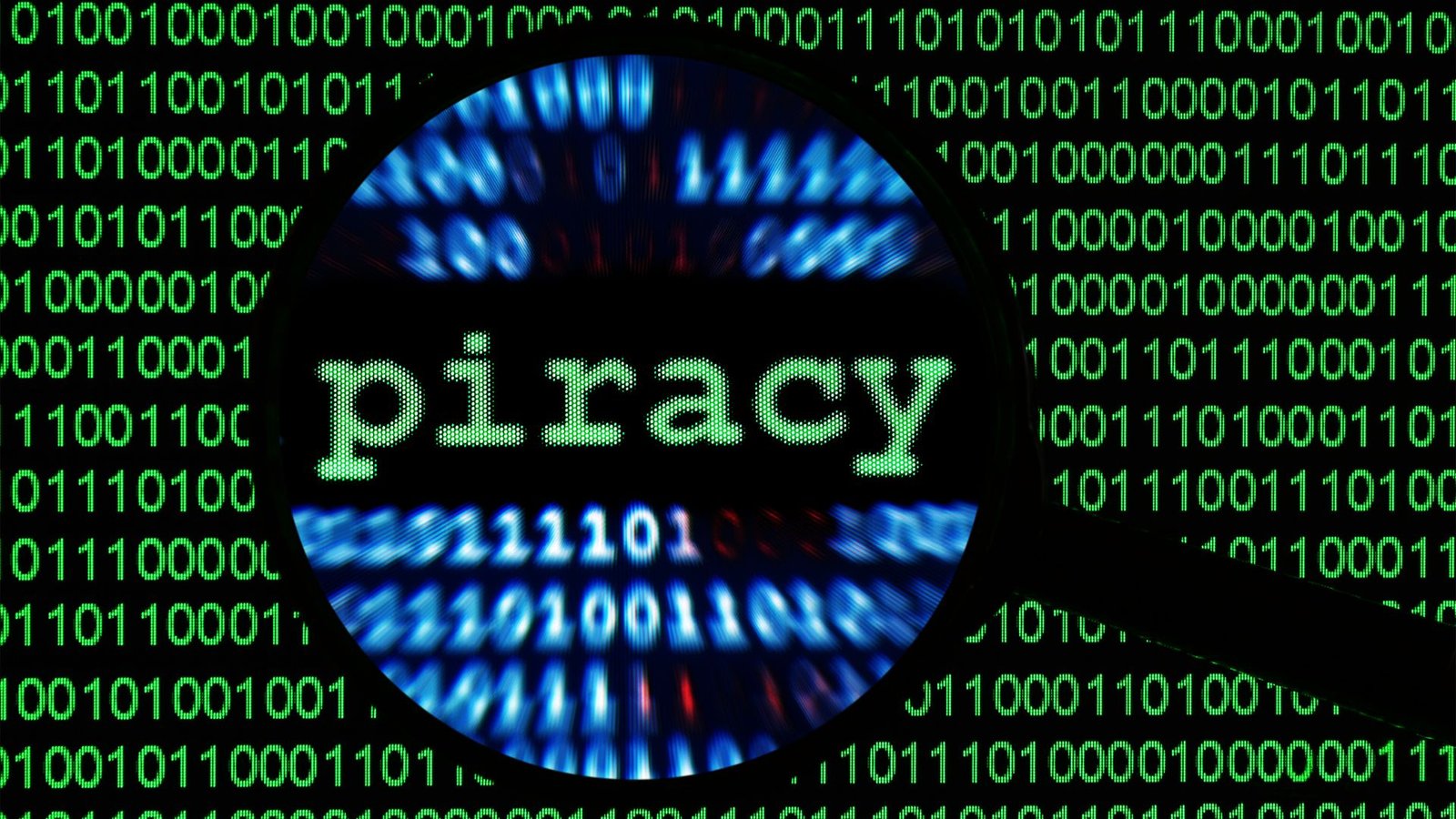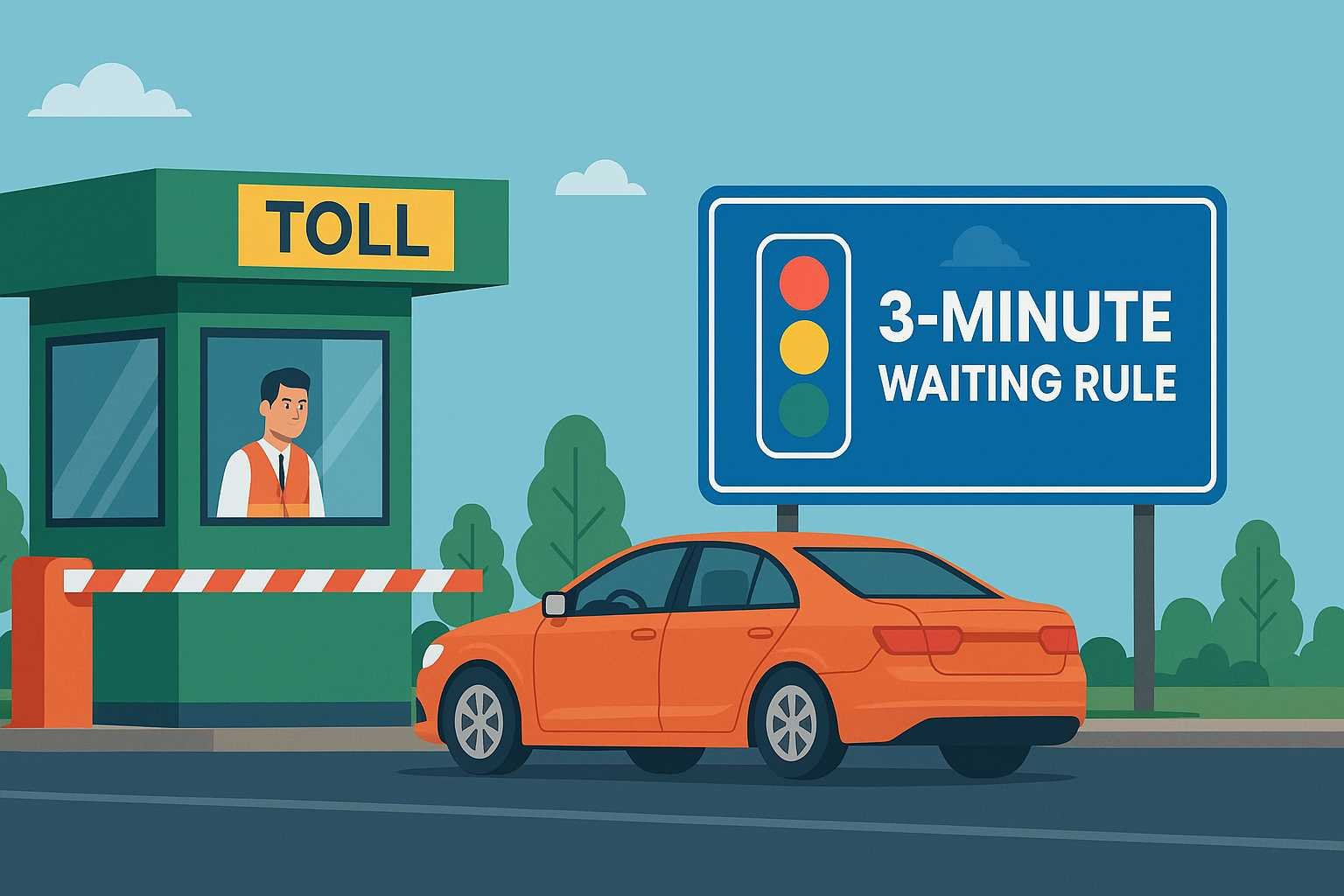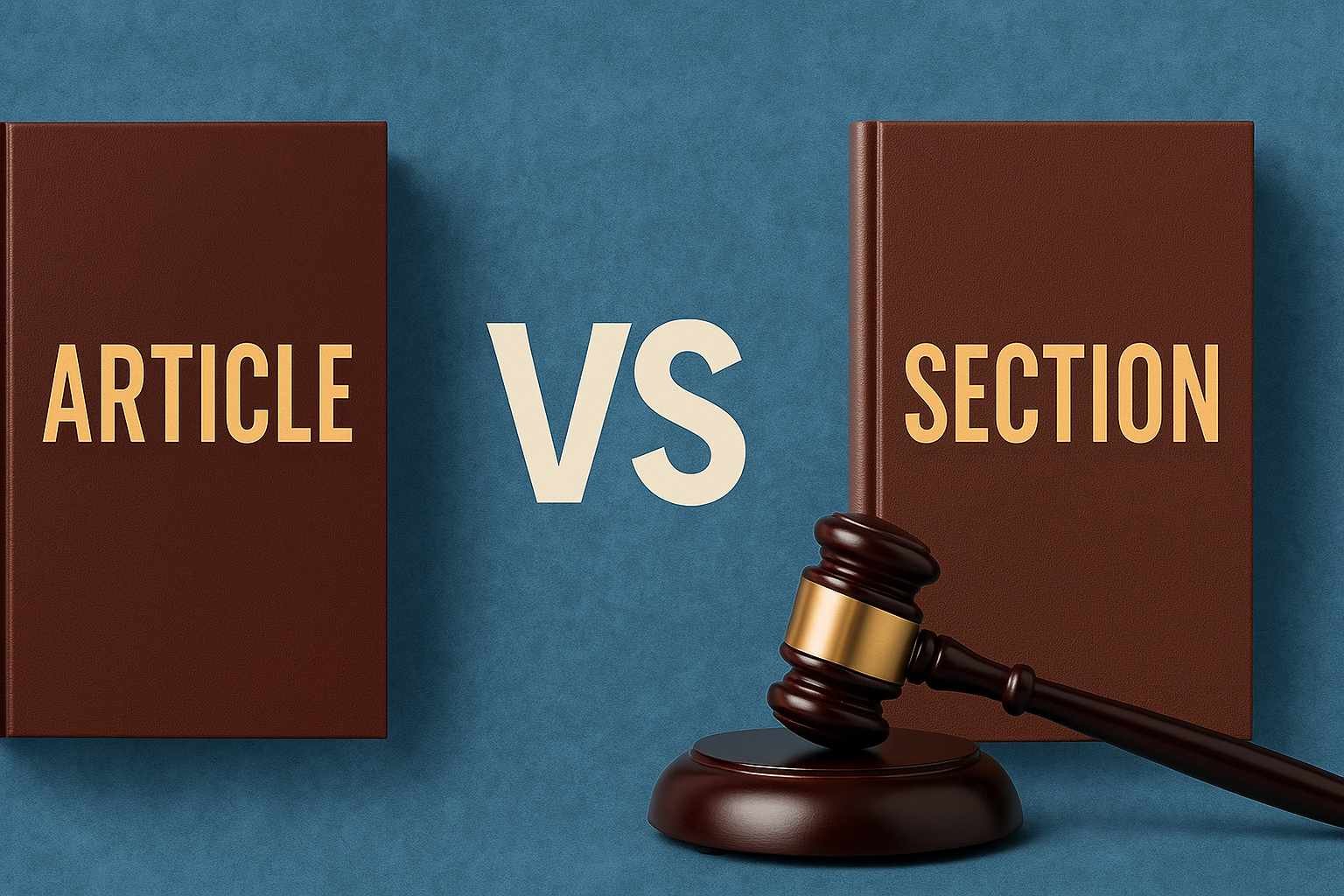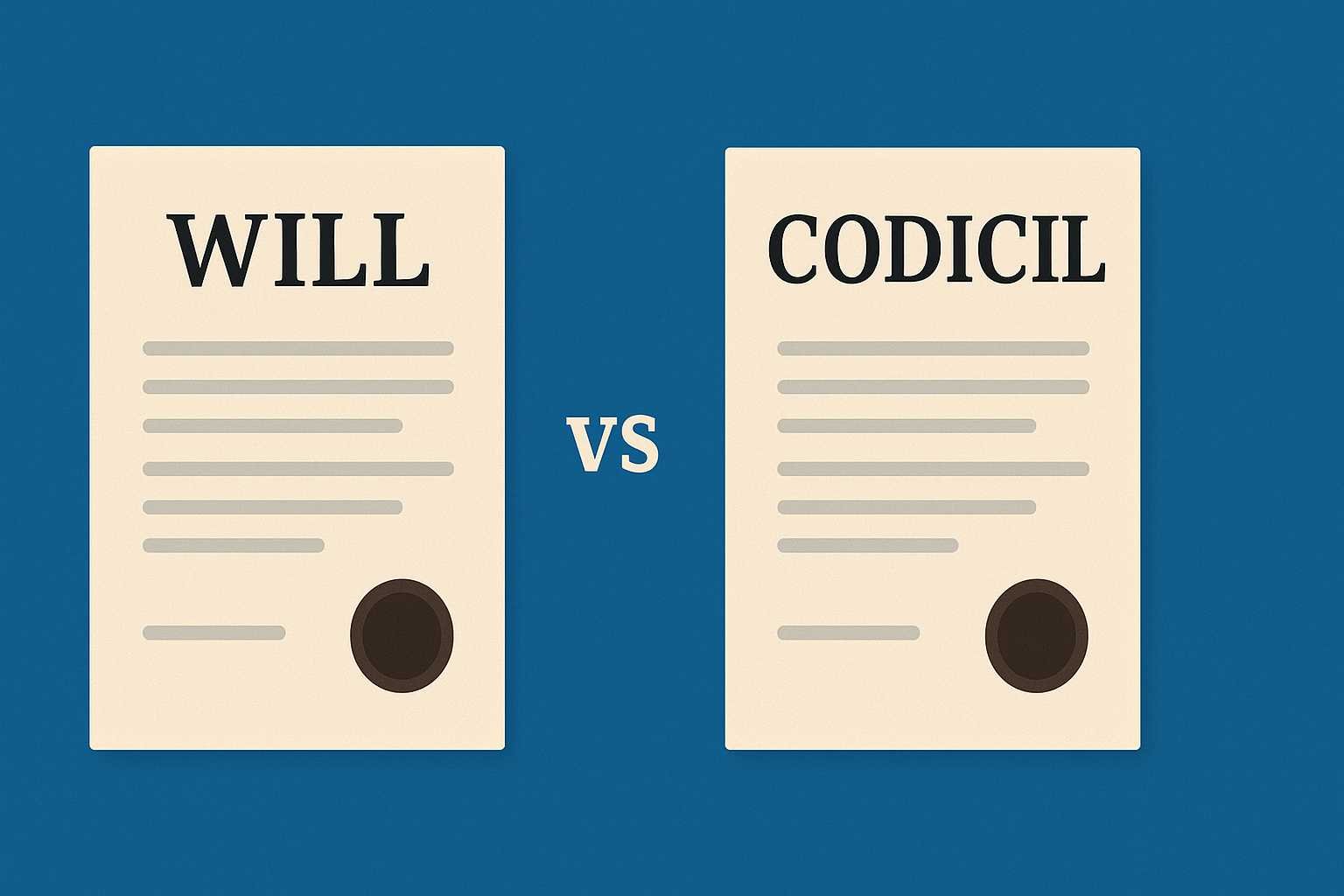On this page you will read detailed information about Piracy in India.
As a citizen concerned with intellectual property rights in India, it benefits you to review the legislation in place regarding piracy. In this 100-word article, we will summarize key aspects of laws in India enacted to deter piracy and protect creative works. Understanding the legal framework surrounding copyright provides insight into measures taken to curb infringing activities. The targeted review of piracy laws presented serves as a valuable primer for those interested in intellectual property protections. Gaining familiarity with relevant statutes grants a working knowledge of the policy tools India employs to uphold creative rights. Now let us commence our concise examination of Indian piracy legislation.
What Is Piracy? Defining the Term
Piracy refers to the unauthorized use or reproduction of copyrighted material for commercial gain without the permission of the copyright owner. In the context of this article, piracy specifically relates to the illegal distribution and sale of copyrighted content such as movies, TV shows, music, books, and software in India.
Infringement of Intellectual Property Rights
Piracy infringes on the intellectual property rights of content creators by denying them compensation for their work. The piracy of media content, software, and other digital goods has become widespread with the rise of broadband Internet access and peer-to-peer file-sharing networks. The high demand for pirated goods in India is fueled in part by their affordability relative to licensed alternatives.
Impact on Industry and Economy
Piracy undermines legitimate businesses, reduces tax revenues, and destroys jobs. The Indian film industry alone loses over $2 billion annually to piracy. Software piracy rates in India were over 63% in 2018, resulting in nearly $3 billion in losses. Piracy also negatively impacts innovation by reducing the incentives and means for content creators to fund the development of new creative works.
Enforcement Challenges
Efforts to curb piracy in India face difficulties due to lack of political will, corruption, and lack of public awareness about the economic harms of piracy. Moreover, existing laws against piracy have not been adequately enforced. The legal framework in India covers various types of intellectual property like copyrights, trademarks, patents, and geographical indications. However, the procedures for enforcement remain cumbersome and penalties are not deterrent enough. Tackling piracy will require a multi-pronged approach including more stringent laws, stepped-up enforcement, and education campaigns highlighting the negative impacts of piracy.
In summary, piracy constitutes the unauthorized and illegal distribution of copyrighted content, negatively impacting industries, economies, and innovation. Minimizing piracy in India will depend on strengthening intellectual property laws and their enforcement in combination with promoting greater public understanding of how piracy undercuts economic and creative potential. A concerted effort across government, industry, and society is needed to curb this problem.
Overview of Piracy Laws in India

The Indian Penal Code, 1860
The primary legislation dealing with piracy in India is the Indian Penal Code, 1860 (IPC). Sections 383 to 389 of the IPC deal with piracy-related offenses. Section 383 defines piracy as any act of violence, detention, or depredation committed for private ends by the crew or passengers of a private ship or aircraft and directed against another ship, aircraft, or against persons or property on board. Offenses under these sections are punishable with imprisonment for life or with imprisonment of up to 10 years and fine.
The Suppression of Unlawful Acts Against Safety of Maritime Navigation and Fixed Platforms on Continental Shelf Act, 2002
This Act was enacted to implement the provisions of the SUA Convention and Protocol. It contains provisions to suppress unlawful acts against ships and fixed platforms on the continental shelf. Section 3 of the Act defines piracy and prescribes punishment for the same. Piracy is defined in line with Article 101 of the UN Convention on the Law of the Sea (UNCLOS). Offenses under this Act are punishable with imprisonment for life or up to 10 years and fine.
The Admiralty Offenses (Colonial) Act, 1849
This Act consolidated the then existing laws relating to piracy and other offenses committed on the high seas. It provided for trial of such offenses before the Admiralty Court. Though most of the provisions under this Act have now been repealed, Section 2 which defines piracy is still in force in India. The definition is very wide and includes acts of violence, robbery, or depredation committed on the high seas. Offenses under this Act are punishable with imprisonment for life or up to 15 years and fine.
To summarize, the legal framework governing piracy in India includes provisions from the IPC, SUA Convention Act, and Admiralty Offenses Act. The definitions and punishments prescribed under these Acts are broadly in line with the UNCLOS and aim to prevent and suppress piracy in the territorial waters of India as well as the high seas.
In the previous post, we had shared information about The Banking Regulation Act 1949: An Overview so read that post also.
The Copyright Act, 1957
Overview
The Copyright Act, 1957 is the primary legislation governing copyright protection in India. It aims to protect original literary, dramatic, musical and artistic works, cinematograph films, and sound recordings from unauthorized use. The Act grants economic and moral rights to creators of original works. Economic rights allow creators to commercially exploit their works for a fixed period. Moral rights protect creators’ rights to claim authorship of a work and protect the integrity of the work.
Scope
The Act protects works under eight categories:
- Literary works: books, articles, etc.
- Dramatic works: plays, dance, etc.
- Musical works: songs, music compositions, etc.
- Artistic works: paintings, sculptures, etc.
- Cinematograph films
- Sound recordings
- Computer programmes
- Other works: architecture, choreography, etc.
Protection is granted for 60 years from the death of the author for most categories. For films, sound recordings and broadcasts, protection is 60 years from publication or broadcast. Computer programs and databases receive protection for 60 years from creation. Moral rights are protected in perpetuity.
Exclusive Rights
The Act grants creators exclusive rights over their works for the duration of copyright. This includes rights of reproduction, publication, performance, broadcast, adaptation and translation. Creators can authorize or prevent these acts. Exceptions and limitations exist for research, education, criticism, reporting and personal use. Statutory licenses also allow for cover versions of musical works and broadcast of published works.
Enforcement
The Act establishes civil and criminal remedies against copyright infringement. Civil remedies include injunctions, damages, accounts of profits, and statutory damages. Criminal remedies include imprisonment and fines. The Act also allows for the seizure and destruction of infringing copies. Overall, the Copyright Act aims to incentivize creativity by protecting creators’ rights while balancing public interest. However, some argue its provisions are outdated and amendments are needed to address issues like fair use and orphan works.
Key Amendments to the Copyright Act
India’s Copyright Act of 1957 has undergone several amendments to strengthen intellectual property rights and align with international standards. Some of the most significant changes were introduced in 2012 and address key issues like digital piracy.
Amendment of 2012
The Copyright (Amendment) Act of 2012 expanded the scope of copyright to include cinematographic films and sound recordings. It also increased penalties for copyright infringement, including imprisonment up to 3 years and fines up to Rs. 10 lakh. The amendment gave music composers, lyricists, and sound engineers the right to royalty for commercial use of their work.
The 2012 amendment also introduced “technological protection measures” or TPMs to curb digital piracy. TPMs refer to any technology, like encryption, used by copyright owners to restrict access to or use of their work. Circumventing TPMs is now an offense under the Copyright Act. The amendment also holds internet service providers and network operators liable for copyright infringement if they fail to block access to pirated content upon receiving notice from the copyright owner.
Other Changes
Several other amendments expanded the definition of copyright to include computer programs, tables, compilations and translations. The duration of copyright was also increased to the creator’s lifetime plus 60 years. These changes were aimed at strengthening copyright protection and keeping India’s intellectual property laws TRIPS-compliant.
While critics argue that some provisions in the amended Act curb civil liberties, the amendments have largely been welcomed as a step towards building a culture that respects intellectual property rights. Stronger anti-piracy laws and enforcement will promote creativity by giving creators the incentive and means to continue producing original works. The deterrent effect of harsher penalties may also discourage casual infringement, creating an environment where people think twice before downloading or sharing pirated content.
Overall, the amendments to the Copyright Act have sought to balance the interests of both copyright owners and users in an increasingly digital world. They signify India’s commitment to protecting intellectual property to spur innovation and cultural development. With rapid changes in technology, India’s copyright laws will likely continue evolving to effectively regulate new means of creation and distribution.
The Information Technology Act, 2000
The Information Technology Act, 2000 (IT Act) was enacted to regulate cyber activities and provide legal recognition to electronic transactions in India. The IT Act addresses various cyber crimes, including unauthorized access to computer systems, theft of information contained in electronic form, and cyber terrorism.
Section 65 of the IT Act
Section 65 of the IT Act specifically covers offenses related to the tampering of computer source documents and electronic records. This includes intentionally concealing, destroying, altering, or causing damage to a computer source code when the same is required to be maintained or preserved by law. Violation of this section is punishable with imprisonment up to 3 years or a fine up to ₹200,000, or both.
Section 66 of the IT Act
Section 66 penalizes the offense of hacking. It states that if any person, intentionally or knowingly causes a computer contaminant to enter into a computer resource or network resource without the permission of the owner or in excess of the permission, then such person shall be punished with imprisonment up to 3 years or with fine up to ₹500,000 or with both.
Section 67 of the IT Act
Section 67 addresses offenses relating to publishing or transmitting obscene material in electronic form. It states that whoever publishes or transmits or causes to be published or transmitted in the electronic form, any material which is lascivious or appeals to the prurient interest or if its effect is such as to tend to deprave and corrupt persons shall be punished with imprisonment up to 5 years and with fine up to ₹1,000,000.
The IT Act provides the legal framework to regulate digital activities and protect electronic records and data. However, it requires frequent amendments to address new forms of cyber crimes emerging with technological advancements. Stronger provisions and stringent punishment for offenses like data theft, phishing and identity theft can strengthen the existing legislation.
Landmark Court Cases Related to Piracy
India has seen several landmark judgments related to piracy that have shaped how it is currently addressed under the law.
In the 2006 case of H.M. Seervai v. Union of India, the Bombay High Court examined the constitutional validity of certain provisions under the Copyright Act, 1957. The court upheld that piracy violated the exclusive rights granted to copyright holders under the act. This set an important precedent confirming that piracy is illegal according to Indian copyright law.
The 2012 Delhi High Court case Kent RO Systems Ltd. & Anr. v. Amit Kotak & Ors. was a landmark judgment in relation to online piracy. The court held various websites and internet service providers accountable for copyright infringement occurring on their platforms. It directed them to take action against piracy and refrain from facilitating the violation of intellectual property rights. This judgment was instrumental in curbing rampant online piracy of films, music, books, and other media.
In Super Cassettes Industries Ltd. v. Myspace Inc. & Anr (2011), the Delhi High Court issued a “John Doe” order against various file-sharing websites. The order directed internet service providers to block access to websites that were found to be illegally distributing and sharing copyrighted content. This set a precedent for rights holders to take action against anonymous or unidentifiable infringers (“John Does”) engaged in piracy.
The judgments in the aforementioned cases were landmark rulings that strengthened anti-piracy laws in India. They upheld the rights of copyright holders, clarified the illegality of piracy, and set precedents to curb piracy across physical and digital mediums. Although piracy still persists in various forms, these judgments were instrumental in shaping a legal framework to address this issue. Overall, they have had a significant impact on how piracy is currently regulated under Indian law.
Impact of Piracy on Various Industries
The proliferation of piracy in India has had damaging consequences for several industries. The music industry has been particularly hard hit, with piracy reducing revenues from physical and digital music sales. According to industry estimates, music piracy results in annual losses of over $250 million. This has made it difficult for artists and music companies to continue creating and distributing music.
The film industry also faces significant losses from piracy. Unlicensed camcording and distributing of films in cinemas, as well as streaming and downloading of pirated films online reduces box office revenues and undermines investment in the film industry. Trade organizations estimate the film industry loses between $2.3 to $2.8 billion annually due to piracy. This impacts the livelihoods of many in the film industry, from actors and directors to production crews.
Book piracy, including unauthorized scanning and distribution of books as well as sales of counterfeit printed copies, poses a threat to authors and publishers. Revenue from book sales funds further writing and publishing, and piracy undercuts this. While the scale of losses is difficult to quantify, piracy is believed to reduce income for authors and make publishing less viable, especially for niche authors and genres.
Piracy also impacts the software and gaming industries in India. Unlicensed use and distribution of software, including productivity tools and utilities as well as PC and mobile games, results in significant revenue leakage. Per research reports, nearly 64% of software in India is unlicensed, causing estimated losses of $3.5 billion each year. This stifles innovation and growth in the technology sector.
Overall, piracy in its various forms poses a grave threat to the creative industries in India. Urgent policy and legislative action is needed to curb piracy and enable these industries to thrive. Stronger laws, improved enforcement, and public education on piracy can help safeguard revenues and livelihoods, supporting continued creativity and access to arts and culture. Tackling piracy will benefit India’s economy and society as a whole.
Anti-Piracy Efforts in India
The Indian government has implemented various measures to curb piracy and strengthen intellectual property rights. Some of the key laws enacted are the Copyright Act of 1957 and its amendments, the Trade Marks Act of 1999, the Designs Act of 2000, the Geographical Indications of Goods Act of 1999, and the Semiconductor Integrated Circuits Layout-Design Act of 2000.
Copyright Act
The Copyright Act aims to protect original literary, dramatic, musical and artistic works. It grants the creator exclusive rights to reproduce, publish, perform, broadcast, translate, and make adaptations of their work. The Act has been amended several times to keep up with technological changes and conform with international standards. Penalties for piracy under this Act include imprisonment and fines.
Other Legislation
The Trade Marks Act protects brand names, logos, and slogans. The Designs Act protects industrial designs and models. The Geographical Indications Act protects goods originating from a particular region. The Semiconductor Integrated Circuits Act protects layout designs of integrated circuits. Each of these laws provides legal protection for intellectual property and imposes penalties for infringement to curb piracy.
The Indian government has also taken other steps to strengthen anti-piracy efforts. It set up the Cell for IPR Promotion and Management (CIPAM) to coordinate IP-related initiatives. It launched public awareness campaigns to educate people about the economic impact of piracy. It provides funding and infrastructure support for anti-piracy raids conducted by industry groups. It has also streamlined IP administration by modernizing IP offices and digitizing records.
While piracy remains an ongoing challenge, the comprehensive legal framework and dedicated anti-piracy initiatives taken by the Indian government demonstrate the country’s commitment to protecting intellectual property rights. Continued cooperation between government agencies and industry stakeholders is key to the success of these efforts. Overall, significant progress has been made, but more work is still needed to strengthen enforcement and further change public attitudes on piracy.
Conclusion
As you have seen, India has made significant efforts in developing a legislative and regulatory framework to combat piracy across various sectors. The laws aim to balance protection of intellectual property with enabling access, though some argue they are still insufficient. As technology and media continue evolving rapidly, the efficacy of laws merits regular review. Piracy’s economic impacts also call for complementary efforts like raising consumer awareness on ethical sourcing. With informed citizens and accountable institutions, India can curb infringement while upholding information access. Through your choices and advocacy, you shape collective outcomes.
Disclaimer
The information and services on this website are not intended to and shall not be used as legal advice. You should consult a Legal Professional for any legal or solicited advice. While we have good faith and our own independent research to every information listed on the website and do our best to ensure that the data provided is accurate. However, we do not guarantee the information provided is accurate and make no representation or warranty of any kind, express or implied, regarding the accuracy, adequacy, validity, reliability, availability, or completeness of any information on the Site. UNDER NO CIRCUMSTANCES SHALL WE HAVE ANY LIABILITY TO YOU FOR ANY LOSS OR DAMAGE OF ANY KIND INCURRED AS A RESULT OR RELIANCE ON ANY INFORMATION PROVIDED ON THE SITE. YOUR USE OF THE SITE AND YOUR RELIANCE ON ANY INFORMATION ON THE SITE IS SOLELY AT YOUR OWN RISK. Comments on this website are the sole responsibility of their writers so the accuracy, completeness, veracity, honesty, factuality and politeness of comments are not guaranteed.
So friends, today we talked about Piracy in India, hope you liked our post.
If you liked the information about Piracy in India, then definitely share this article with your friends.
Knowing about laws can make you feel super smart ! If you find value in the content you may consider joining our not for profit Legal Community ! You can ask unlimited questions on WhatsApp and get answers. You can DM or send your name & number to 8208309918 on WhatsApp








